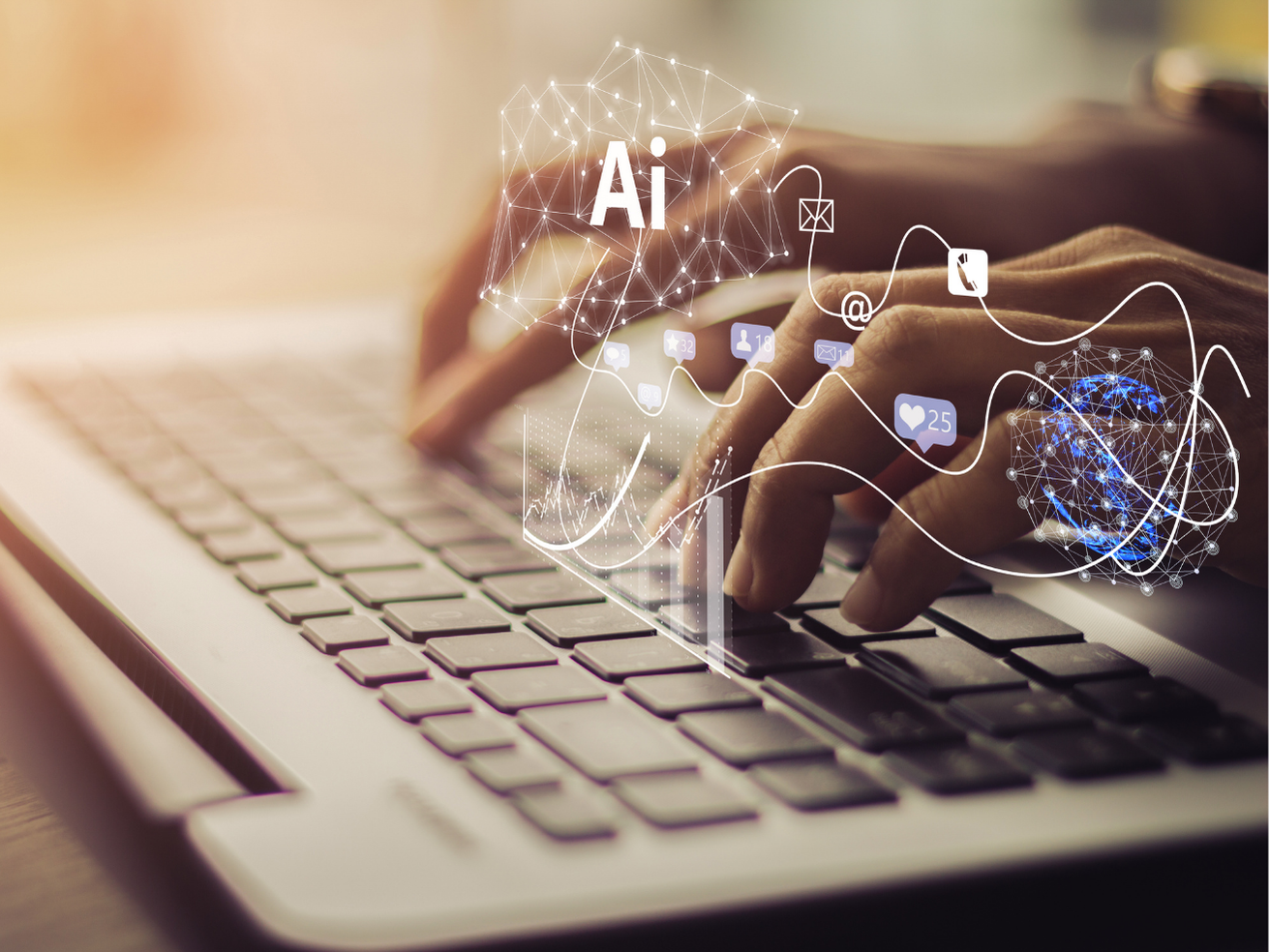
As technology continues to evolve at speed, businesses must embrace innovative solutions to stay ahead of the curve. Nowhere is this more evident than in labeling and artwork management, a critical process for highly regulated industries such as pharmaceuticals, medical devices, and consumer goods.
Gartner’s 2025 Top Strategic Technology Trends guide is a must-read resource, not just because it highlights how AI, automation, and advanced technologies are reshaping the way organizations operate. Gartner predicts that by 2028, at least 15% of day-to-day work decisions will be made autonomously through agentic AI, up from 0% in 2024. For businesses managing complex labeling and artwork processes, this is a clear signal: the time to embrace AI and advanced technologies is now.
Below, we explore some of the key points in the guide and how Kallik is positioned to support businesses with future-proofing.
Gartner’s 2025 Top Strategic Technology Trends
According to Gartner, several emerging technologies are set to disrupt traditional workflows and unlock unprecedented opportunities. Among the trends most relevant to labeling and artwork management are:
Agentic AI: AI tools capable of autonomously making decisions and taking actions to achieve complex goals. These technologies can streamline processes such as regulatory compliance, error detection, and artwork versioning by analyzing data and automating manual tasks.
AI Governance Platforms: As AI adoption grows, so does the need for ethical, reliable, and transparent governance. AI governance ensures compliance and accountability, addressing risks like bias or regulatory breaches while building trust with customers and stakeholders.
Ambient Invisible Intelligence: Low-cost sensors and tags embedded across supply chains provide real-time visibility into the status and location of materials. This technology supports smarter decision-making, enabling organizations to optimize labeling workflows and meet sustainability targets.
Energy-Efficient Computing: With sustainability now a board-level focus, energy-efficient solutions reduce carbon footprints while maintaining operational excellence. For labeling and artwork, this translates to greener software platforms and workflows.
Each of these trends offers exciting possibilities, but implementing them effectively requires the right tools and mindset. That’s where Kallik’s innovative AI technology, AToM, comes in.
AToM: The AI-Powered Solution for Next-Gen Labeling
Kallik’s AToM (Assisted Technology of Migration) leverages cutting-edge AI to simplify and streamline the labeling and artwork migration process with machine learning. With organizations often put off switching to new software due to lengthy, complicated onboarding processes, AToM provides a comprehensive solution.
The biggest challenges associated with setting up new software:
- Time-consuming data migration
- Disruption to business operations
- Complex integrations with other systems
- Training and onboarding
- Cost of hiring third-party experts
With AToM, you can get up and running fast with our innovative AI technology - this means no delays and complicated, lengthy onboarding. AToM extracts labels in any format, generates intelligent templates (templates with regulatory or brand logic built into them), creates a single reusable clean artwork management and labeling system of record and seamlessly transforms complex data landscapes into digitized solutions. This ensures precision and accuracy on the first attempt, ultimately enhancing efficiency and reducing the likelihood of mistakes throughout the product life cycle.
AToM automates time-intensive tasks like version control and compliance checks, reducing human error and accelerating workflows. By enabling proactive decision-making, it empowers teams to focus on strategic priorities. With built-in compliance features, AToM ensures every step of the process aligns with regulatory requirements and organizational standards. Its audit trail capabilities provide full transparency, fostering confidence in the system’s outputs. Plus, by digitizing workflows and optimizing resources, AToM helps reduce material waste and energy usage, aligning with the growing demand for eco-friendly operations.
Find out more about AToM's capabilities and benefits.
The Role of Composability in Futureproofing Labeling
As Gartner analyst John Blake has emphasized, composability is essential for businesses looking to future-proof their operations. In the context of labeling and artwork management, composability refers to the ability to build flexible, modular solutions that can adapt to changing business needs. This approach ensures that systems remain scalable and interoperable, even as new technologies emerge.
In a recent blog (https://www.kallik.com/resources/blog/understanding-composability-raps-webinar) on understanding composability, we explored how this principle enables organizations to respond quickly to market demands while minimizing disruption. By embracing AI, businesses can take advantage of composability, creating a cohesive, agile environment that supports innovation and resilience.
Looking Ahead: Transform Your Labeling Processes Today
By leveraging Gartner’s insights and adopting innovative solutions like Kallik’s AToM, organizations can streamline their workflows, enhance compliance, and achieve sustainability goals—all while staying ahead of the competition. You can find Gartner’s full guide here.
Looking for advice on how to improve your label and artwork process? Get in touch with a Kallik expert today by emailing enquiries@kallik.com or calling +44 (0) 1827 318100.

